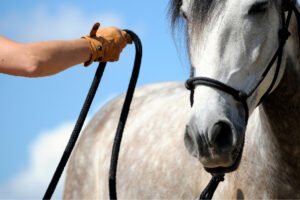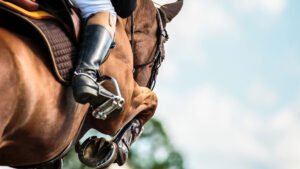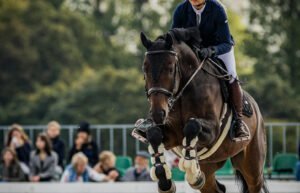The Brachiocephalicus Muscle in the Horse: Function, Importance, and Physiotherapy Considerations
The brachiocephalicus muscle plays a crucial role in equine movement and posture. It’s the biggest and most visible muscle of the neck, extending from the temporal bone and cervical vertebrae (1,3 and 4 CV) to the humerus (Williams and McKenna, 2016). This huge muscle is essential for the horse to protract the forelimb (forward movement) and lateral flexion of the neck when the legs are weight-bearing (ibid). By understanding its function and the common issues related to its tension one can help optimise the horse’s wellness and performance and prevent discomfort.
Anatomical Overview
The brachiocephalicus consists of two main parts:
- Cleidobrachialis – Extends from the fibrous clavicular intersection (a tendinous structure, not a bony clavicle) to the humerus, aiding in forelimb protraction (Fails, 2020).
- Cleidomastoideus – Attaches from the same fibrous intersection to the skull, assisting in lateral flexion and head movement (Fails, 2020; Budras and Jahrmärker, 2012).
As a key muscle for locomotion and balance, its condition significantly impacts a horse’s performance and comfort (Back and Clayton, 2017).
Function and Biomechanics in Detail
The brachiocephalicus muscle contributes to:
- Forelimb Protraction – Aiding in forward limb movement, particularly in movements requiring reach and great forelimb stride length (e.g., Spanish walk, jumps)
- Neck and Head Movement – Enabling lateral flexion, rotation, and stabilisation of the head.
- Postural Support – Maintaining balance and coordination during locomotion (Back and Clyton, 2017)
Studies suggest that muscle imbalances in this region can lead to compensatory movement patterns affecting overall biomechanics (Greve and Dyson, 2014).
Common Issues and Signs of Dysfunction
Dysfunction of the brachiocephalicus muscle is often due to tension and contractures, frequently caused by either psychological and nervous tension (e.g., stress, anxiety) or posture secondary to training.
Horses experiencing tension or dysfunction in the brachiocephalicus may exhibit:
- Resistance to rein aids or difficulty bending laterally
- Reduced forelimb reach and shortened stride length
- Stiffness or discomfort when turning
- Asymmetry in movement or difficulty maintaining a steady head position
Overuse, improper training, or poorly fitted tack can contribute to muscle strain. Research indicates that tension in the brachiocephalicus often correlates with bracing in the poll and restricted shoulder mobility (Dyson et al., 2018).
Physiotherapy Interventions
A combination of manual therapies and targeted exercises can help maintain optimal muscle function (Hourdebaigt, 2007):
- Manual Therapies – Myofascial release, massage, and stretching techniques reduce tension and improve circulation (Luomala, 2022).
- Dynamic Mobilization Exercises – Carrot stretches and lateral flexion exercises enhance suppleness and engagement (Higgins, 2024; de Oliveira et al., 2015).
- Corrective Training Strategies – Encouraging relaxation through proper riding techniques and tack adjustments (Clayton, 2016; de Oliveira et al., 2015).
- Electrotherapy Applications – Modalities such as laser therapy may support muscle recovery and reduce inflammation (Stubbs et al., 2010).
The brachiocephalicus muscle is integral to the equine movement, posture, and performance. Regular physiotherapy, appropriate training, and awareness of potential dysfunction can support long-term soundness and well-being.
__________________________________________________________________________________________________
REFERENCES
Back, W. and Clayton, H.M. (2017). Equine Locomotion. Edinburgh Scotland ; New York: Saunders Elsevier.
Budras, K.-D. (2003). Anatomy of the horse : an illustrated text. Hannover: Schlüter.
Clayton, H.M. (2016). Core Training and Rehabilitation in Horses. Veterinary Clinics of North America: Equine Practice, 32(1), pp.49–71.
de Oliveira, K., Soutello, R.V.G., da Fonseca, R., Costa, C., de L. Meirelles, P.R., Fachiolli, D.F. and Clayton, H.M. (2015). Gymnastic Training and Dynamic Mobilization Exercises Improve Stride Quality and Increase Epaxial Muscle Size in Therapy Horses. Journal of Equine Veterinary Science, 35(11-12), pp.888–893.
Dyson, S., Berger, J., Ellis, A.D. and Mullard, J. (2018). Development of an ethogram for a pain scoring system in ridden horses and its application to determine the presence of musculoskeletal pain. Journal of Veterinary Behavior, 23(2020), pp.47–57.
Fails, A.D. (2020). Functional Anatomy of the Equine Musculoskeletal System. In: Adams and Stashak’s Lameness in Horses, 7th Edition. Hoboken, NJ: Wiley-Blackwell.
Greve, L. and Dyson, S. (2013). The Horse–saddle–rider Interaction. The Veterinary Journal, 195(3), pp.275–281.
Hourdebaigt, J.-P. (2007). Equine massage : a practical guide. Hoboken, N.J.: Wiley.
Luomala, T. (2022). Clinical Application of Myofascial Therapy in Horses. Veterinary Clinics of North America: Equine Practice, 38(3), pp.493–507.
Pilliner, S., Elmhurst, S. and Davies, Z. (2013). The Horse in Motion : the Anatomy and Physiology of Equine Locomotion. Oxford: Wiley-Blackwell.
Stubbs, N.C., Kaiser, L.J., Hauptman, J. and Clayton, H.M. (2011). Dynamic Mobilisation Exercises Increase Cross Sectional Area of Musculus Multifidus. Equine Veterinary Journal, 43(5), pp.522–529.
Williams, G. and McKenna, A. (2016). Horse Movement : structure, Function and rehabilitation. UK: The Crowood Press.







